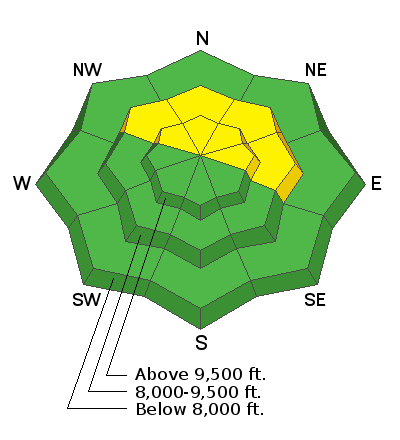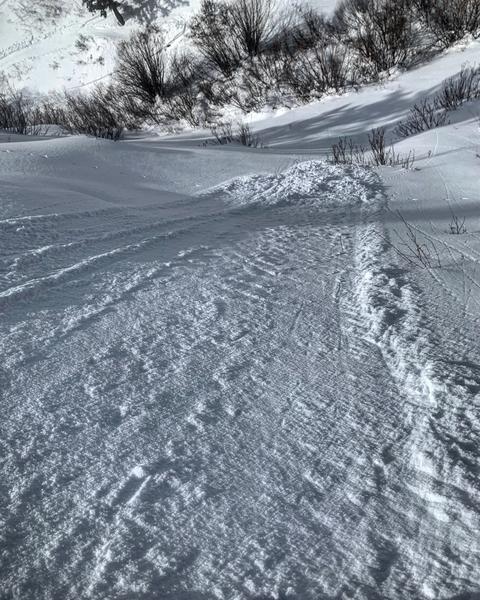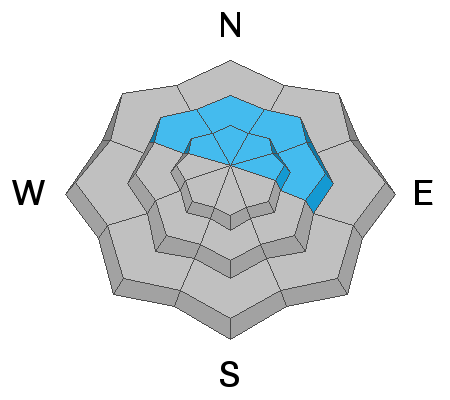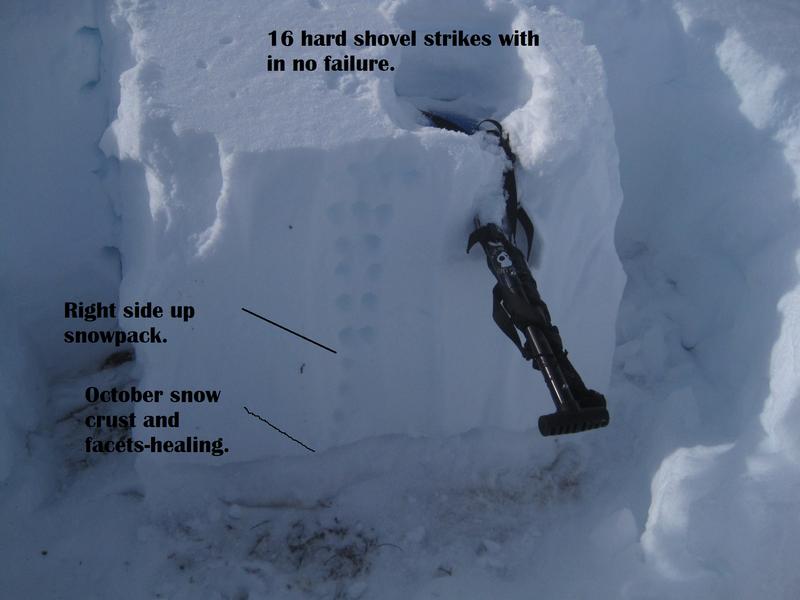Forecast for the Salt Lake Area Mountains

Issued by Nikki Champion on
Friday morning, December 20, 2019
Friday morning, December 20, 2019
Today the avalanche danger is MODERATE on NW, N, NE, and East facing mid and upper elevation slopes. The avalanche activity is decreasing, but the possibility of triggering an avalanche 2-5 feet deep in the persistent weak layer remains possible. We just need to give the snowpack more time. Carefully evaluate steep, upper-elevation terrain with signs of additional loading due drifts of wind-blown snow. Watch for slabs of wind drifted snow and avoid them.
LOW avalanche danger is found on all other slopes where generally safe avalanche conditions exist and human triggered avalanches are unlikely.

Low
Moderate
Considerable
High
Extreme
Learn how to read the forecast here






